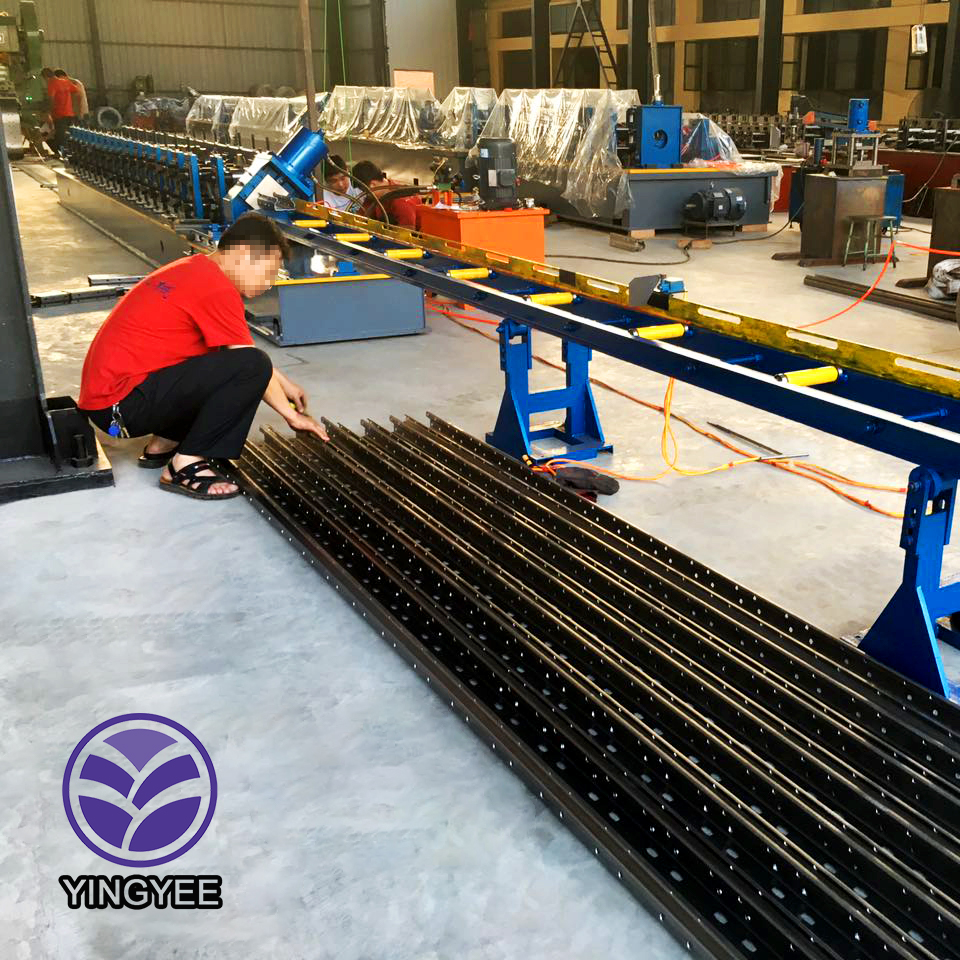
The tube mill line is a crucial component in modern manufacturing, particularly in the production of tubular products used across various industries. This line is designed to produce high-quality steel tubes efficiently, catering to the increasing demand for durable and reliable piping solutions, which are essential in sectors like construction, automotive, and energy.
A typical tube mill line consists of several key elements, each serving a specific purpose in the manufacturing process. Initially, the line begins with a reel stand that holds a coil of steel strip. This strip is then fed into the mill, where it undergoes a series of processes that gradually shape it into a tube. The forming stage is critical, as it involves bending the edges of the strip and welding them together. High-frequency induction welding is commonly used for this purpose, ensuring a strong bond without compromising the material's integrity.
After welding, the formed tube passes through a series of sizing and straightening stations. These stations are responsible for ensuring the finished product meets the desired dimensions and quality standards. Precision is paramount in this phase; any deviation from specifications can lead to product failure later on. Additionally, the tube’s surface is often treated to enhance its properties, which may include galvanizing or applying protective coatings to prevent corrosion.
A significant advantage of modern tube mill lines is their automation
. Advanced digital controls and monitoring systems have transformed these lines into highly efficient production facilities. They enable real-time tracking of production metrics, making it easier to identify bottlenecks and enhance overall efficiency. This automation also contributes to reduced labor costs and increased safety in the production environment.
Moreover, tube mill lines can be customized to produce various types of tubes, including round, square, and rectangular shapes. This versatility allows manufacturers to cater to diverse market needs while optimizing their production capabilities. The ability to switch between different products without extensive downtime is a vital feature that enhances competitiveness in today’s fast-paced market.
In addition to productivity benefits, the adoption of environmentally friendly practices in tube mill lines is becoming increasingly important. As manufacturers prioritize sustainability, many are implementing measures to minimize waste and energy consumption. This trend not only helps in reducing costs but also appeals to environmentally conscious consumers and partners.
The tube mill line is not just a manufacturing setup; it represents innovation in material processing and industrial efficiency. As technology continues to evolve, the tube mill line will likely embrace even more advanced techniques and machinery, paving the way for higher quality standards and sustainable production methods. Whether utilized in infrastructure development or industrial applications, the impact of tube mill lines is profound, making them indispensable in the modern manufacturing landscape.